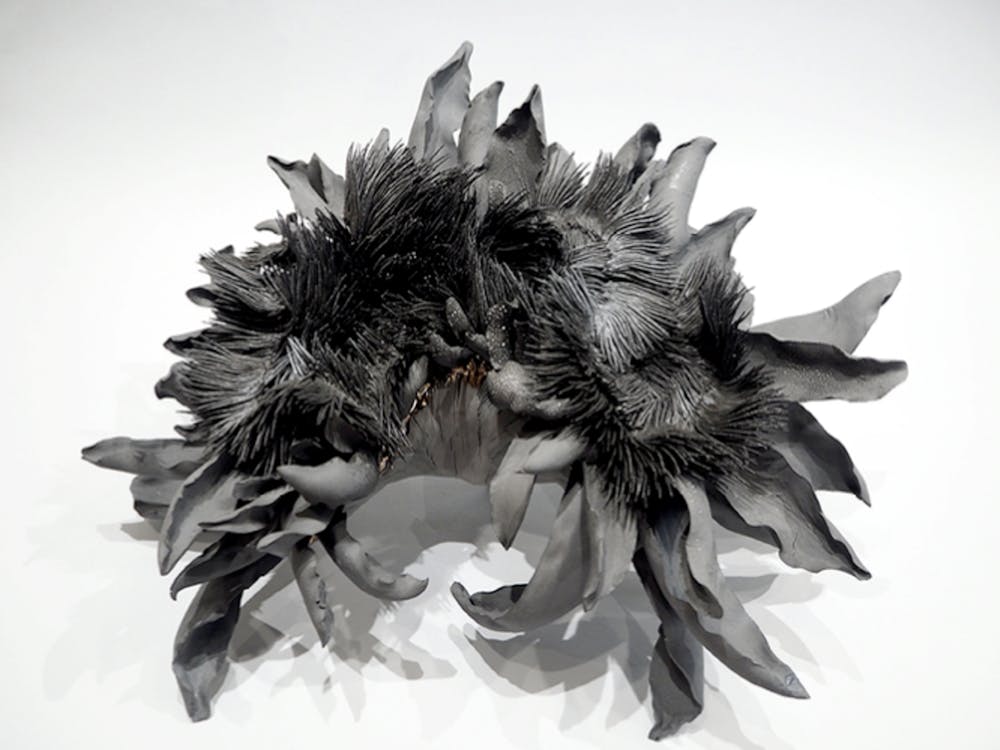The Ackland Art Museum boasts a broad range of Asian art, which the museum has said is one of the best in the Southeast. Over the last decade, the museum has been looking for ways to showcase more modern and contemporary art from across Asia.
Its two newest exhibitions allow it to do just that.
On Jan. 31, the museum will open two new exhibitions, “Yayoi Kusama: Open the Shape Called Love” and “Toriawase: A Special Installation of Modern Japanese Art and Ceramics.” Both exhibitions will close on April 12.
The Kusama exhibition showcases some of the artist’s early work, spanning her career from the 1950s to the 2000s. The works include several paintings and a mirror box, which would go on to influence her well-known “Infinity Rooms,” mirrored spaces with colored lights.
Peter Nisbet, Ackland’s deputy director for curatorial affairs, said the museum was interested in showcasing Kusama because she is among the most important contemporary Japanese artists.
“The importance comes from this extended career, where she has engaged with all the major art movements of her time," Nisbet said. “Whether it’s minimalism or pop art or performance, she has really been a key player in all of those, and an innovative player. Just from that history, she has an importance.”
Katie Ziglar, director of the Ackland Art Museum, agreed.
“Yayoi Kusama is as close to a rock star as a visual artist can get,” Ziglar said.
James Keith Brown, an art collector who graduated from UNC in 1984, provided all of the works in the exhibition along with Eric Diefenbach. Brown hopes each person who visits the exhibition sees Kusama’s work in a different way.



